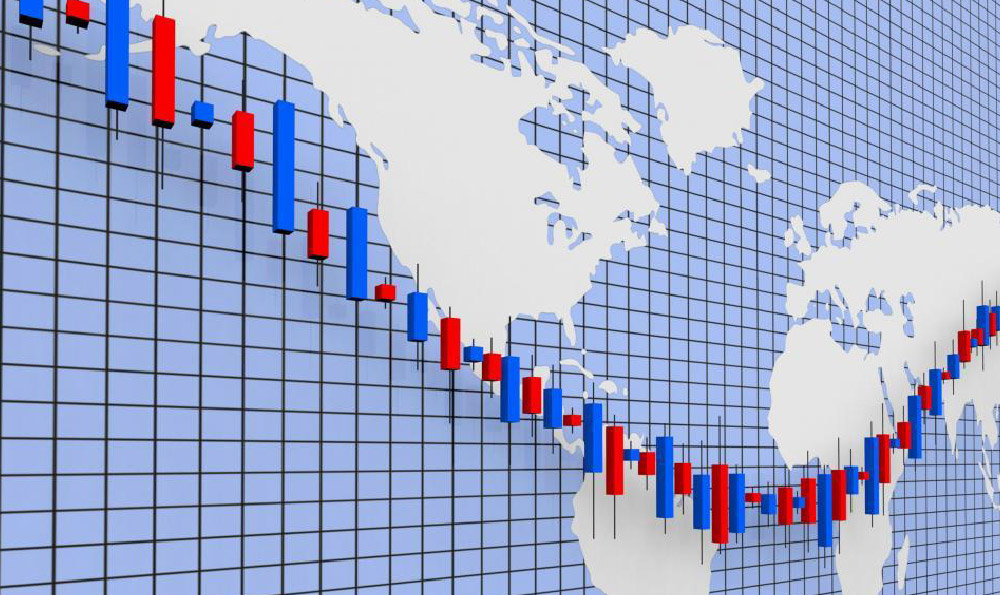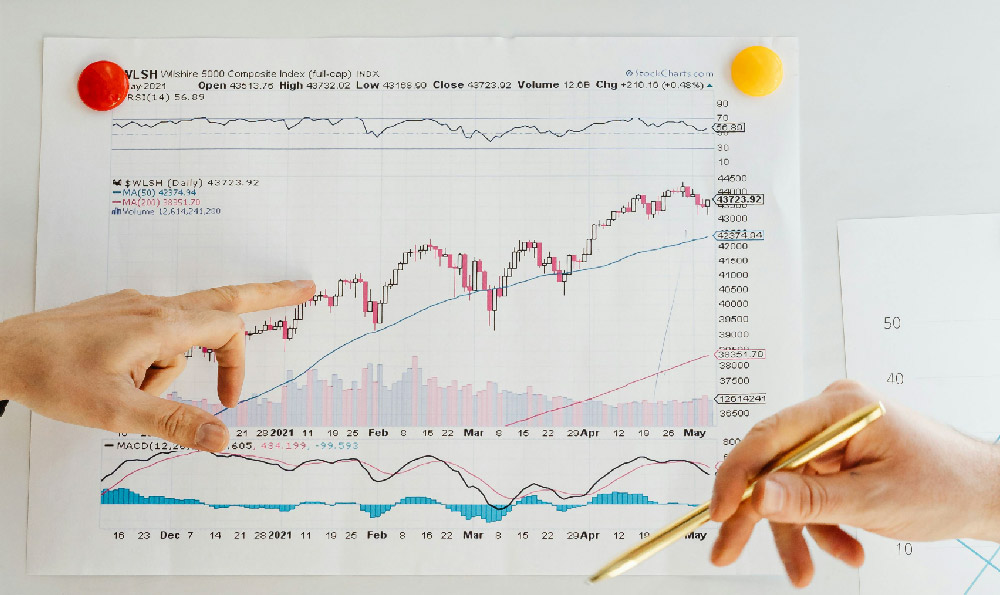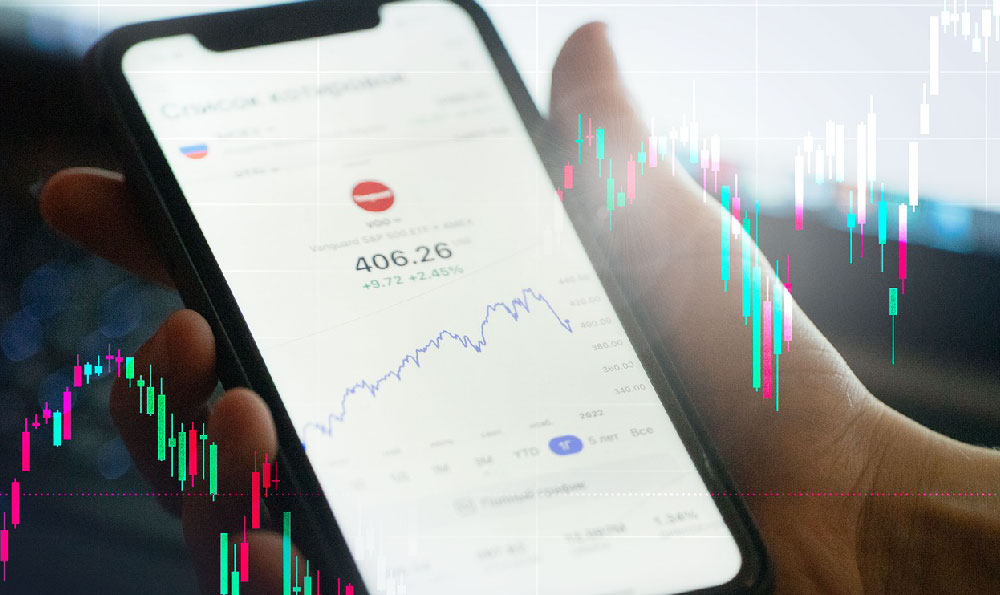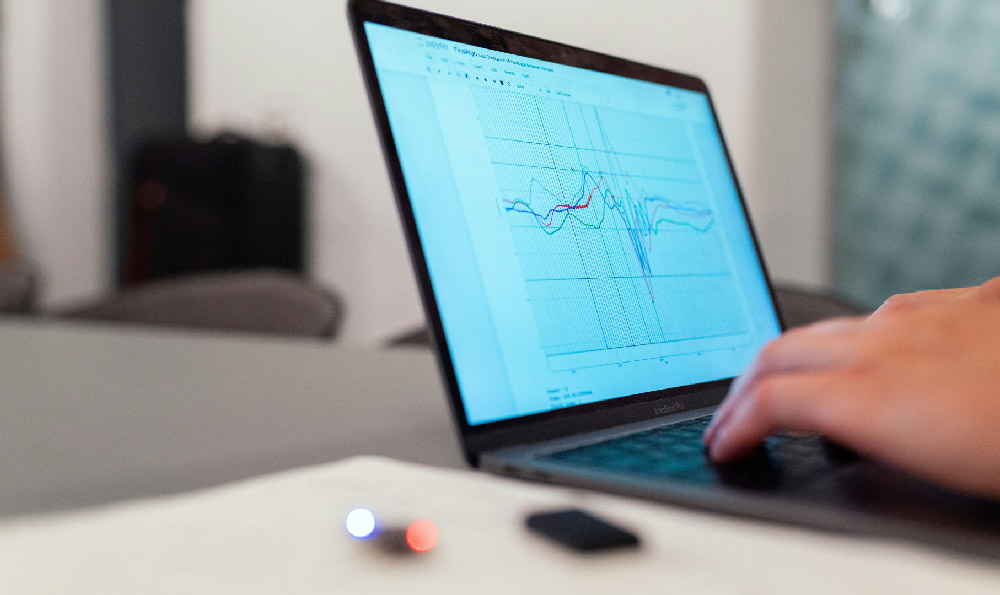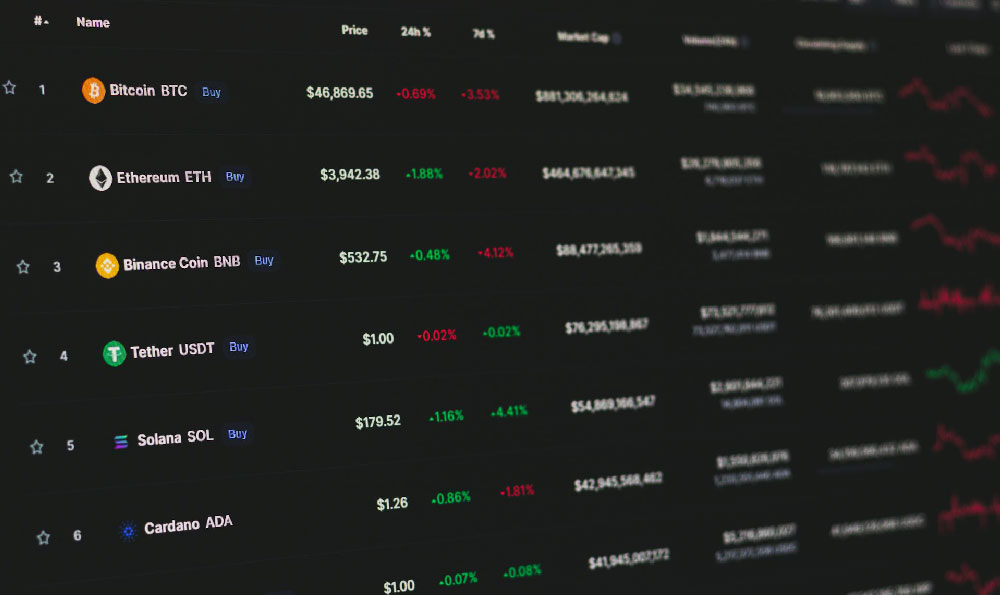Investing in the Dow Jones Industrial Average (DJIA), often referred to simply as the Dow, can be a cornerstone of a diversified investment portfolio. It represents 30 of the largest and most influential publicly traded companies in the United States, offering a snapshot of the overall health of the U.S. economy. However, directly "investing" in the Dow isn't possible in the same way you'd buy shares of a single company. Instead, you invest through financial instruments that track its performance. Understanding these options and determining which is right for you requires careful consideration of your investment goals, risk tolerance, and time horizon.
One of the most common and accessible ways to invest in the Dow is through Exchange-Traded Funds (ETFs). ETFs are investment funds that trade on stock exchanges, similar to individual stocks. Several ETFs are specifically designed to mirror the Dow Jones Industrial Average. These ETFs hold shares of the 30 companies that constitute the Dow, proportionally weighted to reflect the index's composition. When the Dow's value rises, the ETF's value typically rises in tandem, minus a small expense ratio to cover the fund's operating costs.
The advantages of investing in a Dow-tracking ETF are numerous. First, diversification is built-in. You're gaining exposure to 30 leading companies across various sectors, reducing the risk associated with investing in a single stock. Second, ETFs are generally low-cost compared to actively managed mutual funds. Their passive management style, focused on replicating the index, keeps expenses down. Third, ETFs offer liquidity. You can buy and sell shares throughout the trading day, providing flexibility to adjust your portfolio as needed. Finally, Dow ETFs are readily accessible through most brokerage accounts, making them a convenient option for both novice and experienced investors.
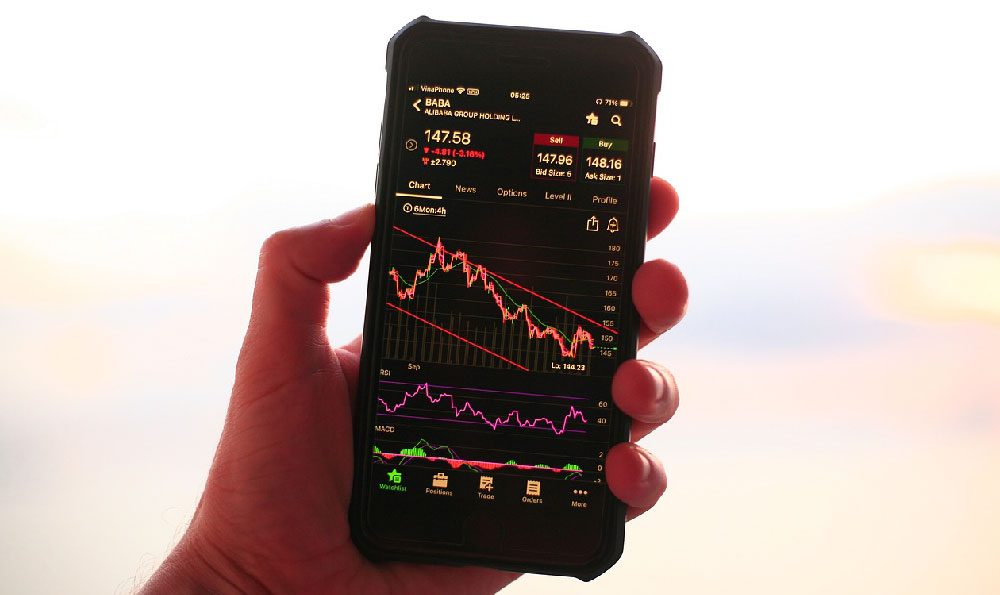
Another option for investing in the Dow is through mutual funds that track the index. Similar to ETFs, these mutual funds aim to mirror the performance of the Dow Jones Industrial Average by holding a basket of the 30 constituent stocks. The key difference lies in their structure and trading mechanics. Mutual funds are typically bought and sold at the end of the trading day at the net asset value (NAV) per share, while ETFs trade continuously like stocks.
Mutual funds might appeal to investors who prefer a more hands-off approach and are less concerned with intraday trading. However, they often come with higher expense ratios compared to ETFs, which can eat into your returns over time. Before investing in a Dow-tracking mutual fund, carefully compare the expense ratios and past performance against comparable ETFs.
For investors seeking to amplify their potential returns (and risks), options and futures contracts tied to the Dow Jones Industrial Average offer a more leveraged approach. Options give you the right, but not the obligation, to buy (call option) or sell (put option) the underlying asset (in this case, the Dow or a Dow ETF) at a specific price (the strike price) on or before a specific date (the expiration date). Futures contracts, on the other hand, obligate you to buy or sell the underlying asset at a predetermined price and date.
Trading options and futures requires a deep understanding of financial markets and a high tolerance for risk. The potential for profit is significantly greater than investing in ETFs or mutual funds, but the potential for loss is equally amplified. These instruments are highly sensitive to market volatility and time decay, and a wrong prediction can lead to substantial losses. Options and futures are generally not suitable for beginner investors. They are more appropriate for sophisticated traders with experience in managing leveraged positions and a well-defined risk management strategy.
Beyond these direct methods, it's important to remember that many large-cap mutual funds and retirement accounts already hold significant positions in the companies that comprise the Dow Jones Industrial Average. Even if you're not explicitly investing in a Dow-tracking fund, your existing portfolio likely has exposure to these influential companies. Review your current holdings to assess your overall exposure to the Dow and adjust your investment strategy accordingly.
Before making any investment decisions, it's crucial to conduct thorough research and consider your individual circumstances. Define your investment goals: are you saving for retirement, a down payment on a house, or another long-term objective? Determine your risk tolerance: how much volatility are you comfortable with in your portfolio? Understand your time horizon: how long do you plan to hold your investments?
If you have a long-term investment horizon and a moderate risk tolerance, a Dow-tracking ETF or mutual fund might be a suitable option. These investments offer broad market exposure and diversification, helping to mitigate risk and potentially generate steady returns over time. If you're comfortable with higher risk and have a shorter time horizon, consider consulting a financial advisor to explore more advanced strategies like options and futures.
Remember that past performance is not indicative of future results. Market conditions can change rapidly, and even the most well-established indexes like the Dow Jones Industrial Average are subject to fluctuations. Regularly review your portfolio, rebalance your asset allocation as needed, and stay informed about market trends and economic developments.
Investing in the Dow can be a valuable component of a well-diversified investment portfolio, but it's not a one-size-fits-all solution. Carefully weigh your options, understand the risks involved, and seek professional advice when needed. By making informed decisions, you can position yourself for long-term financial success.


